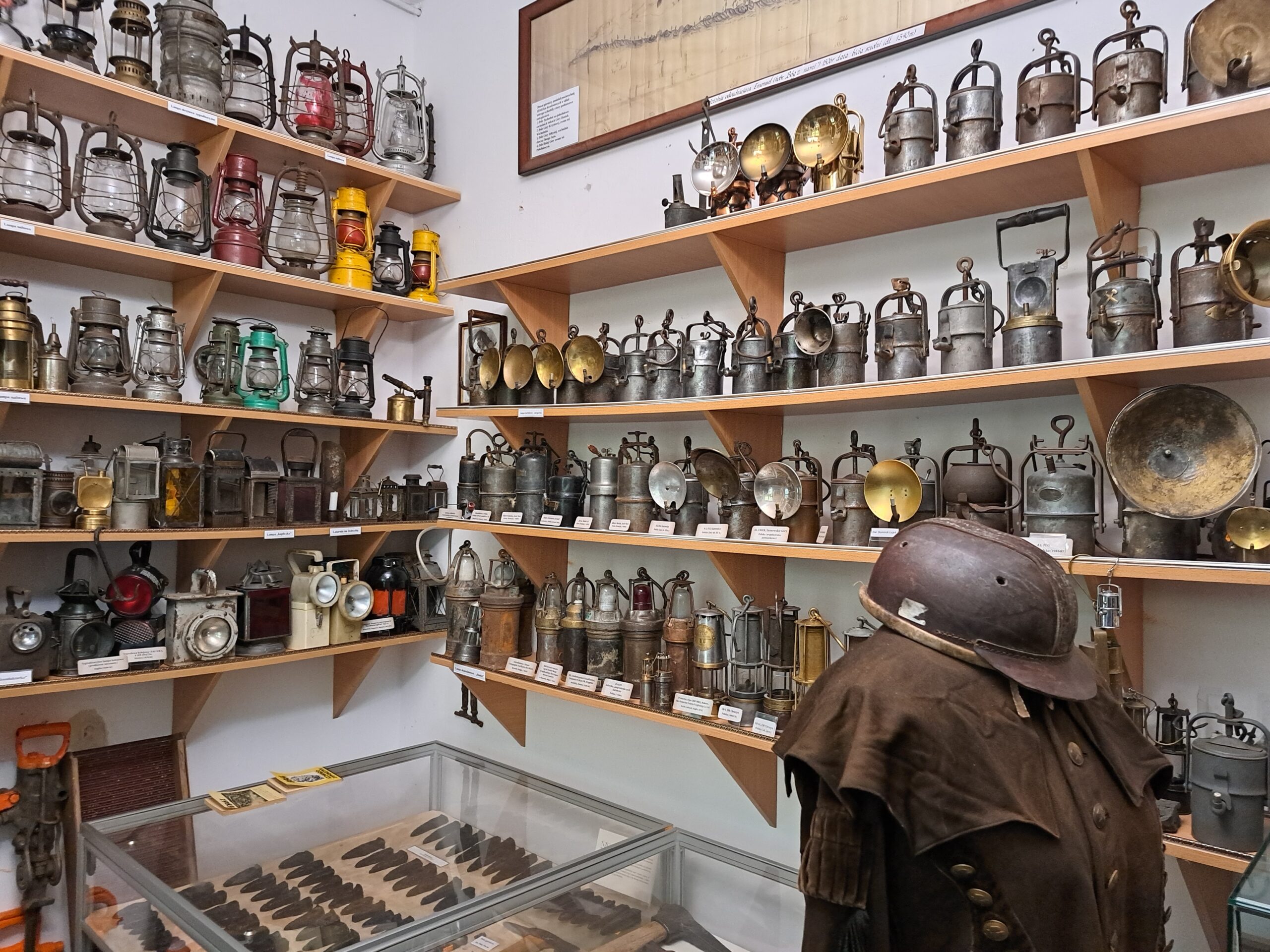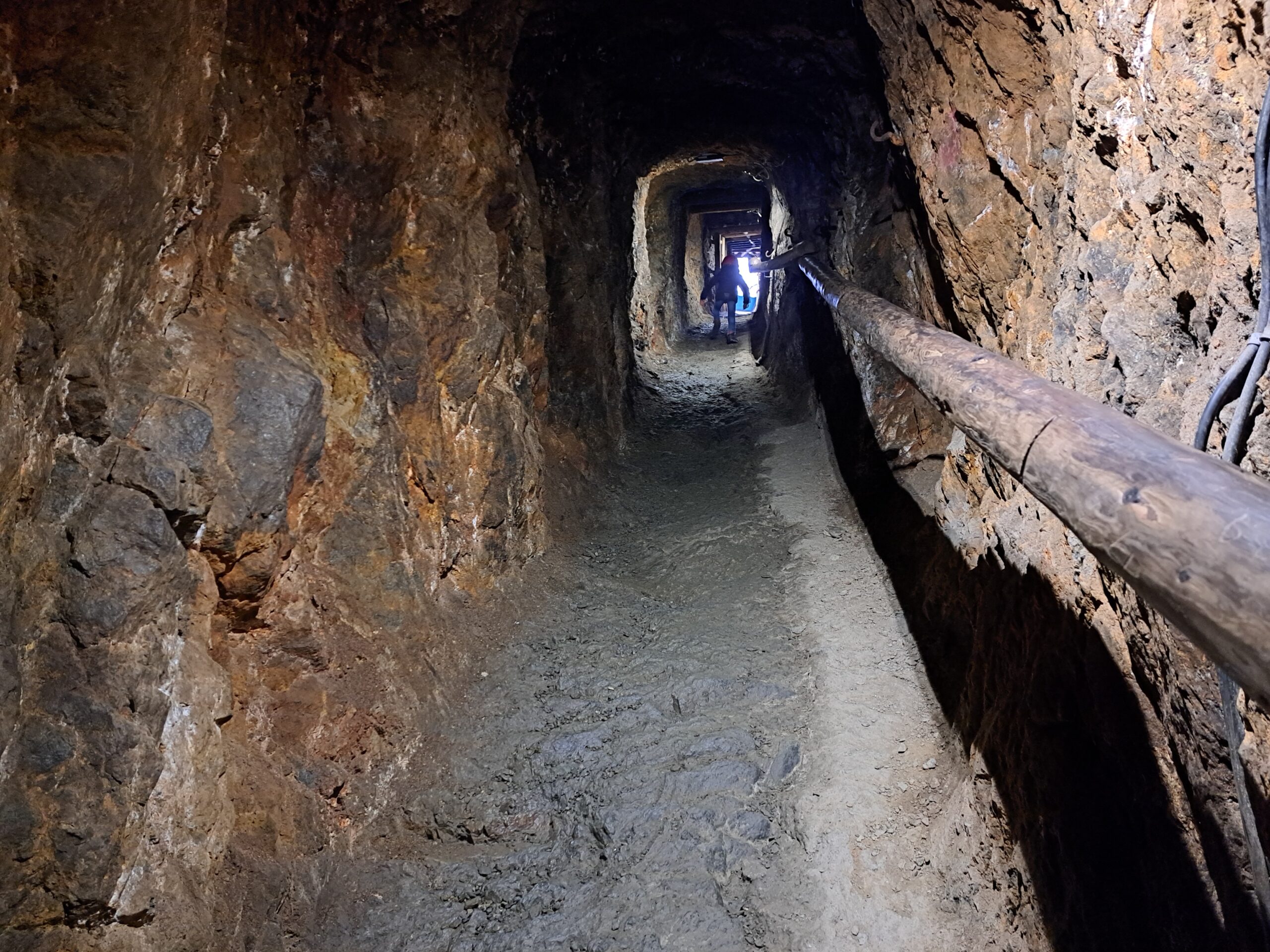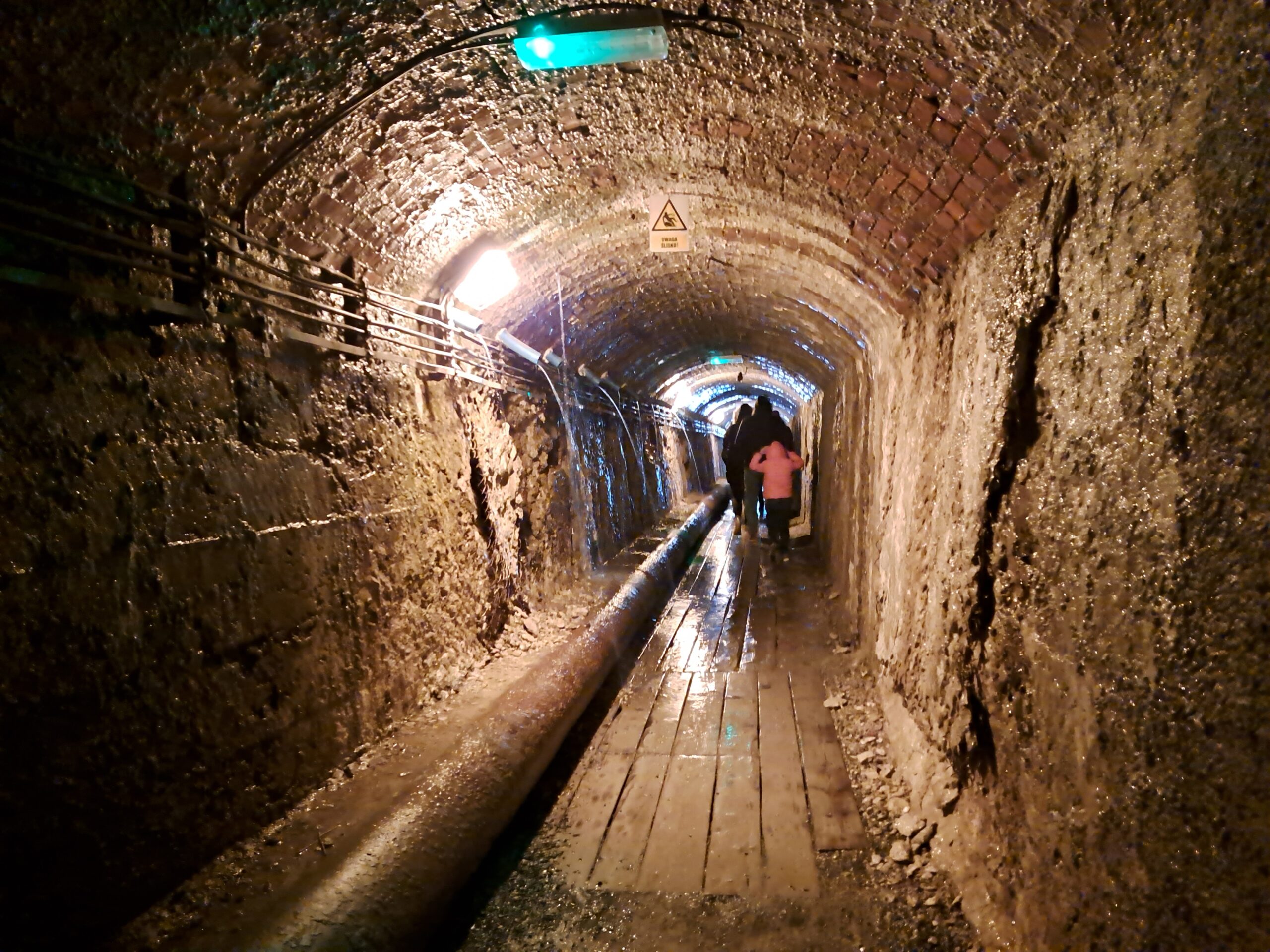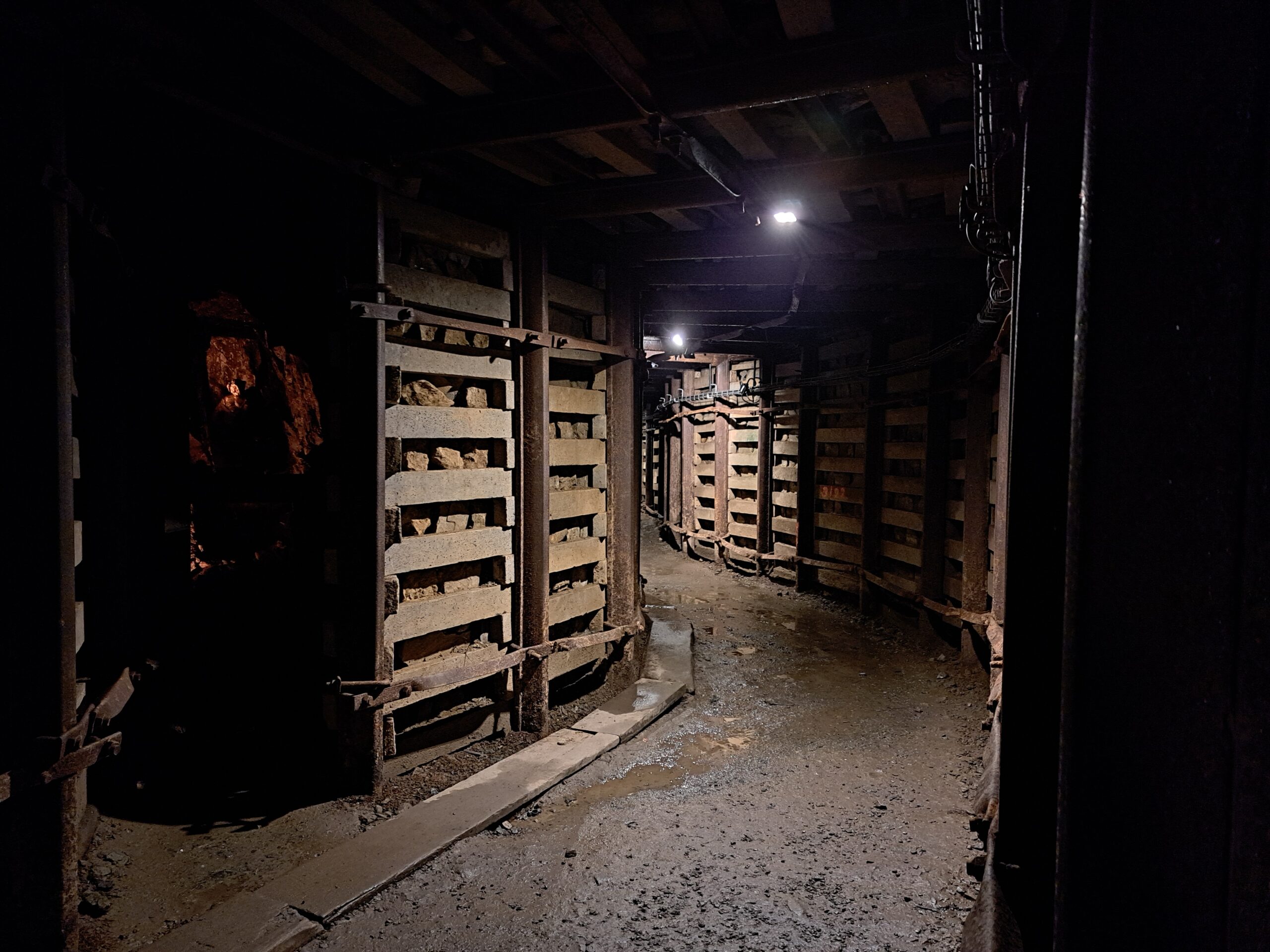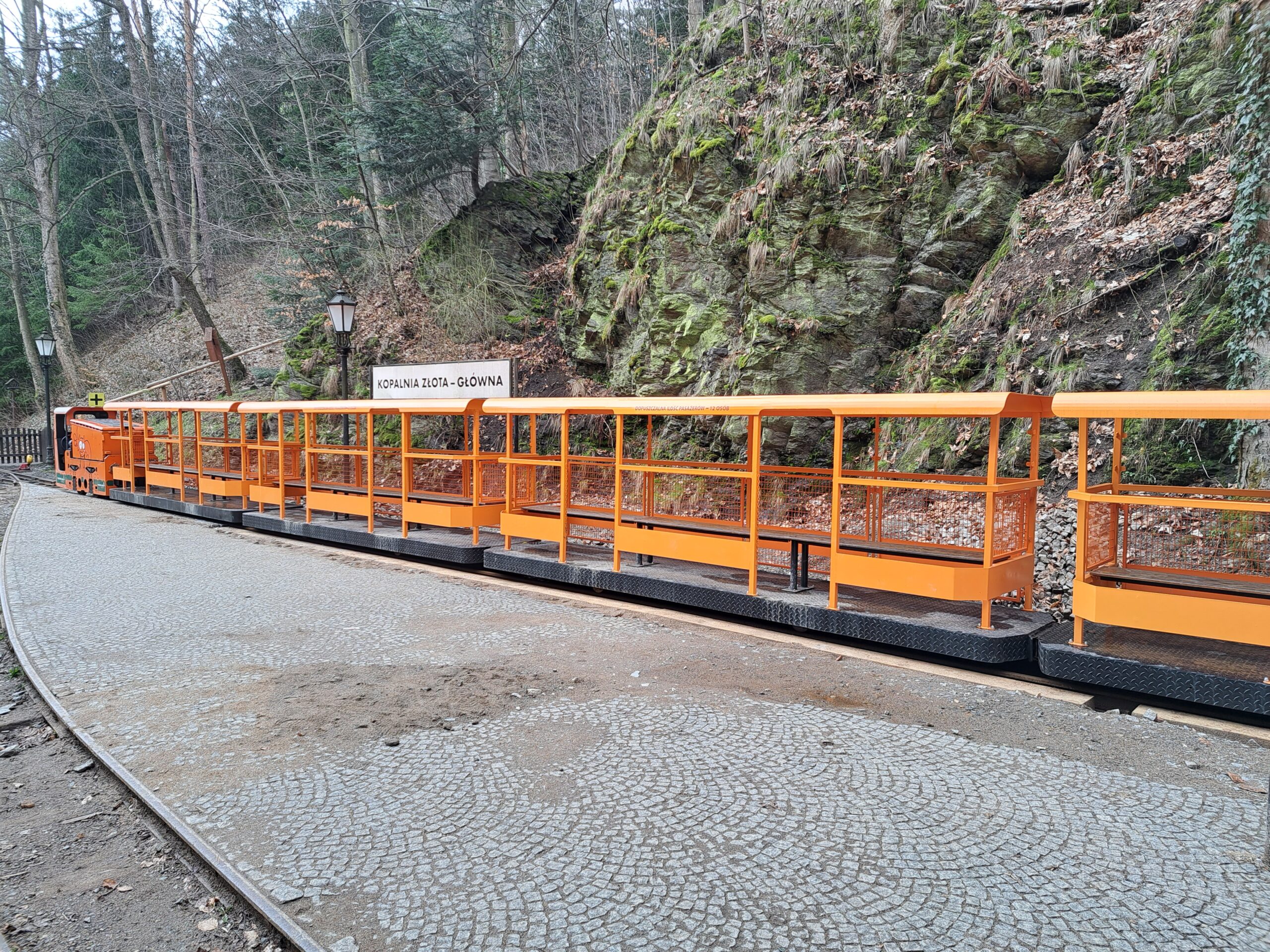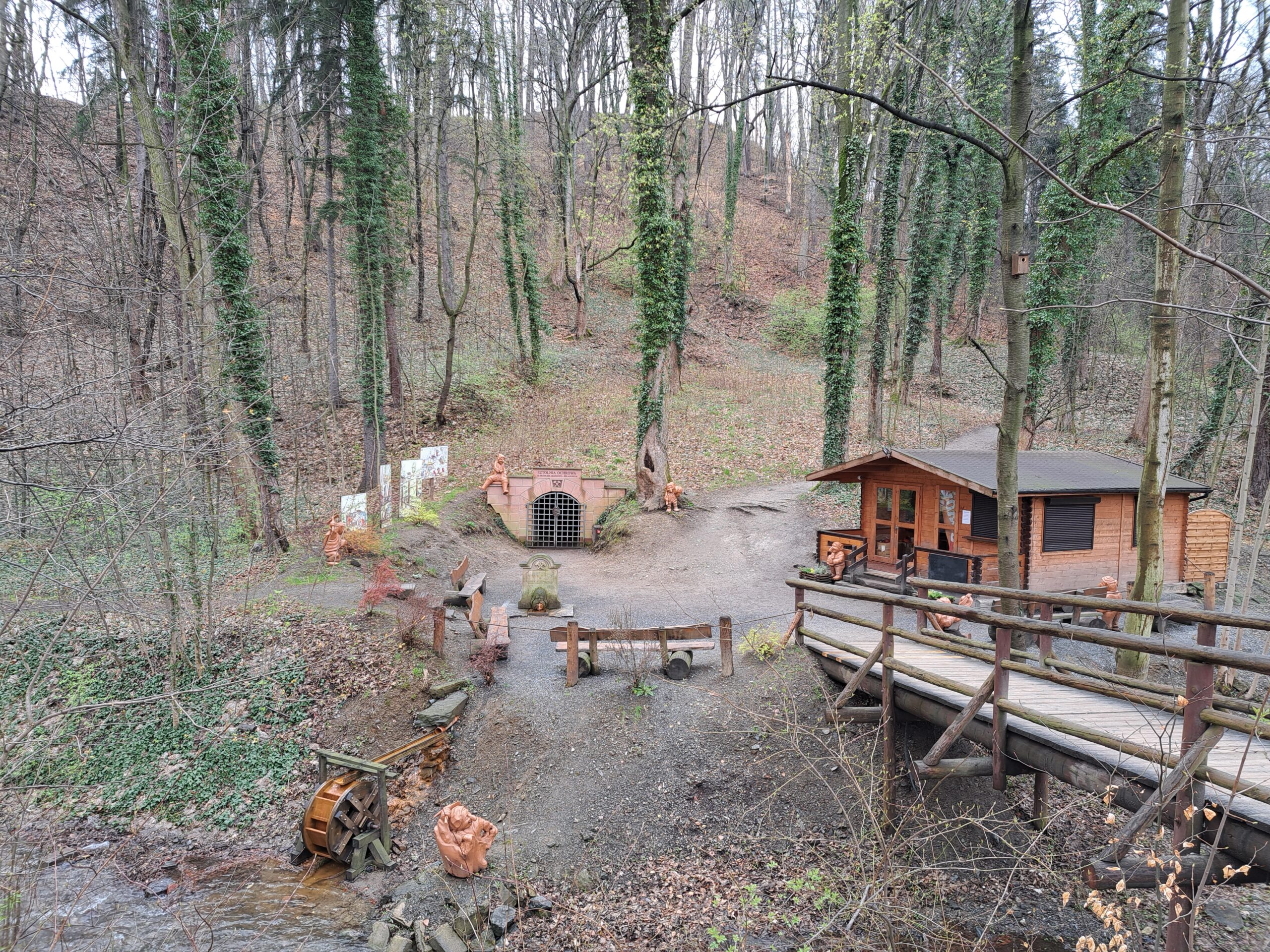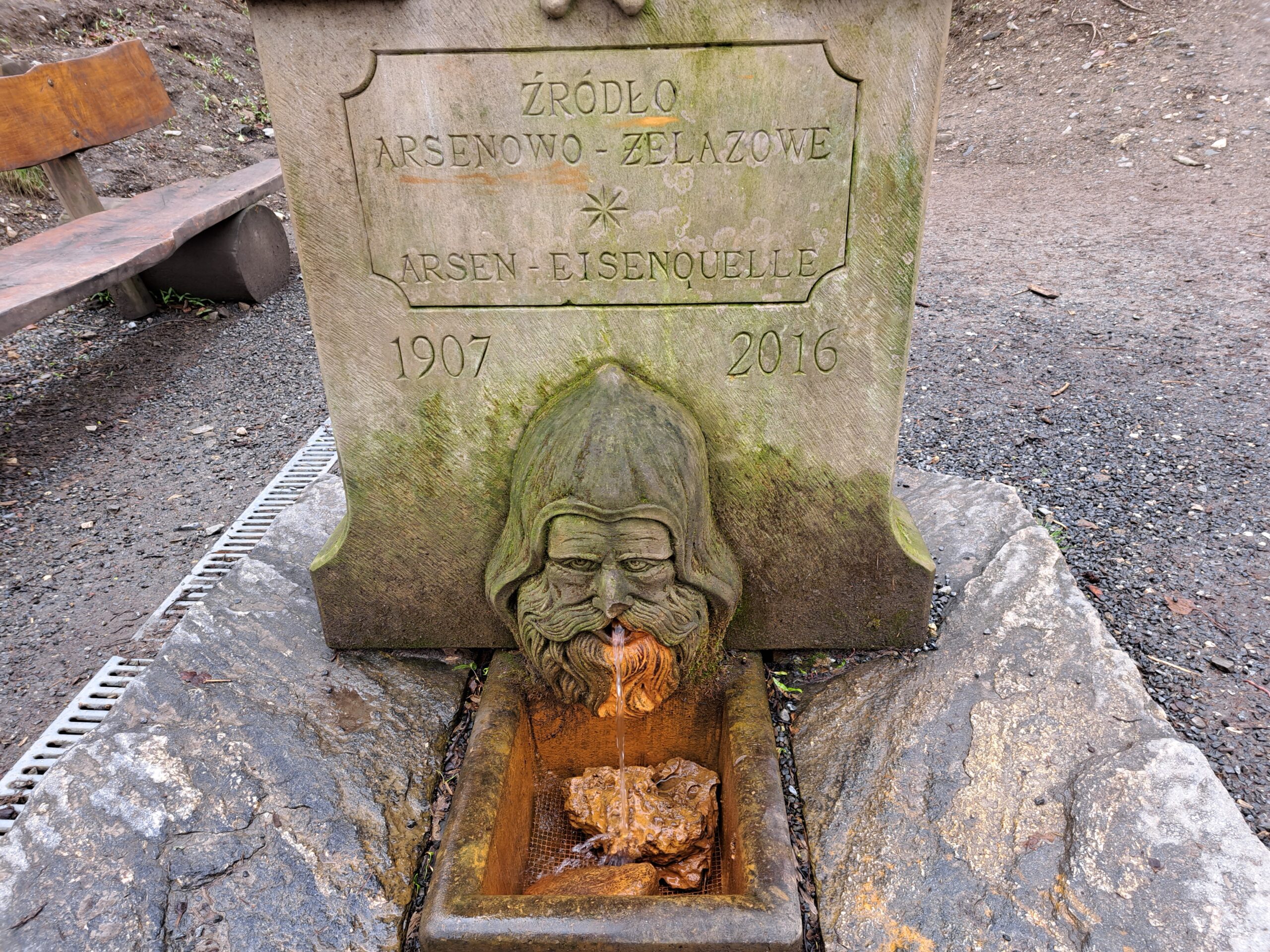We use cookies to help you navigate efficiently and perform certain functions. You will find detailed information about all cookies under each consent category below.
The cookies that are categorized as "Necessary" are stored on your browser as they are essential for enabling the basic functionalities of the site. ...
Necessary cookies are required to enable the basic features of this site, such as providing secure log-in or adjusting your consent preferences. These cookies do not store any personally identifiable data.
Functional cookies help perform certain functionalities like sharing the content of the website on social media platforms, collecting feedback, and other third-party features.
Analytical cookies are used to understand how visitors interact with the website. These cookies help provide information on metrics such as the number of visitors, bounce rate, traffic source, etc.
Performance cookies are used to understand and analyze the key performance indexes of the website which helps in delivering a better user experience for the visitors.
Advertisement cookies are used to provide visitors with customized advertisements based on the pages you visited previously and to analyze the effectiveness of the ad campaigns.
The awarding ceremony took place on June 30, 2023. The plaque was presented by the vice-president of Europa Nostra, Professor Jacek Purchla and Dr Katarzyna Jagodzińska, head of Europa Nostra Heritage Hub in Kraków.
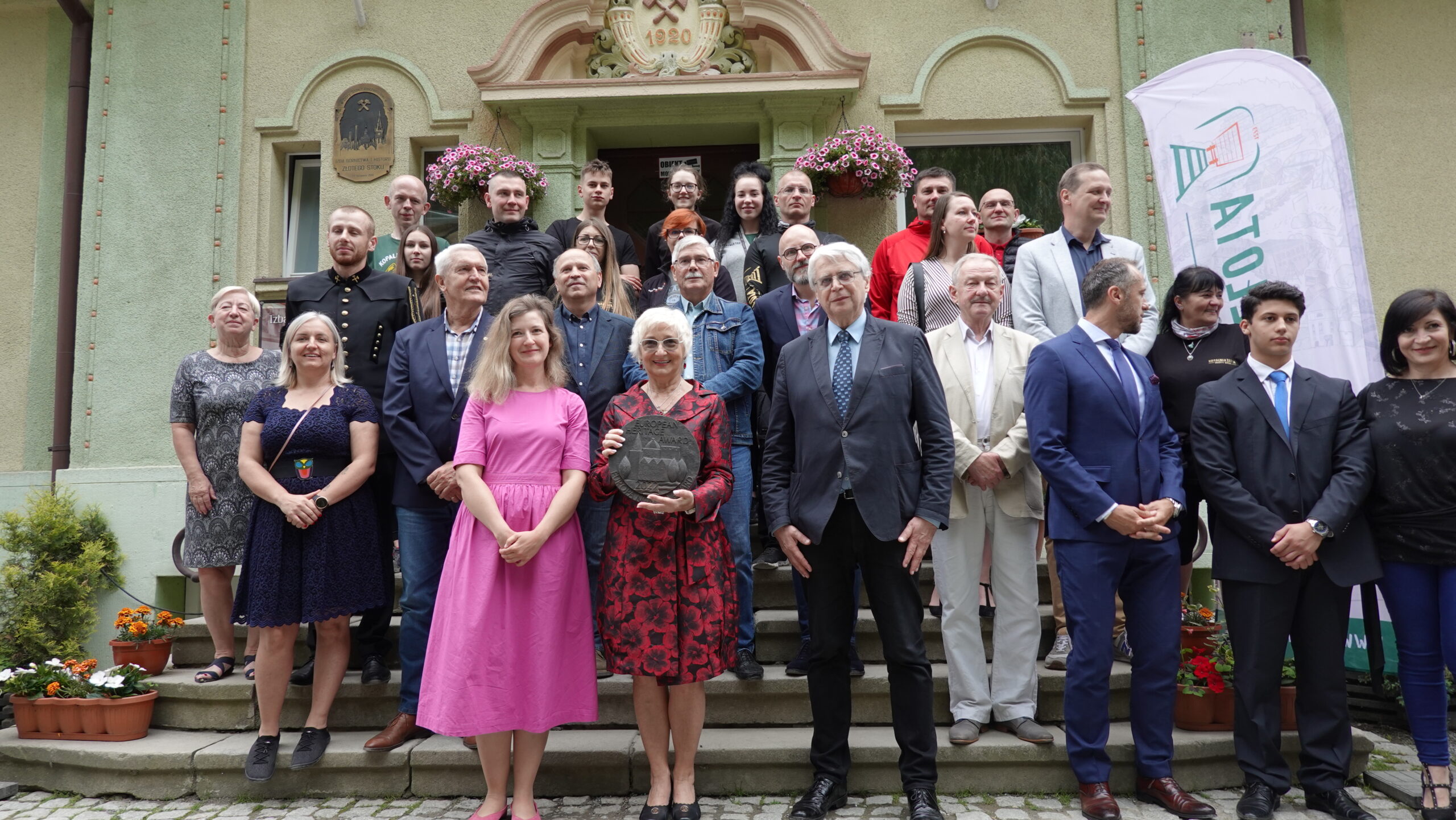

In its justification, the jury stated:
Elżbieta Szumska has exhibited a truly remarkable personal dedication to cultural heritage. Hers is an inspiring example of how to develop a sustainable business model around cultural heritage. Her work is an important precedent for the development of slow, sustainable tourism in a border region with very rich heritage.
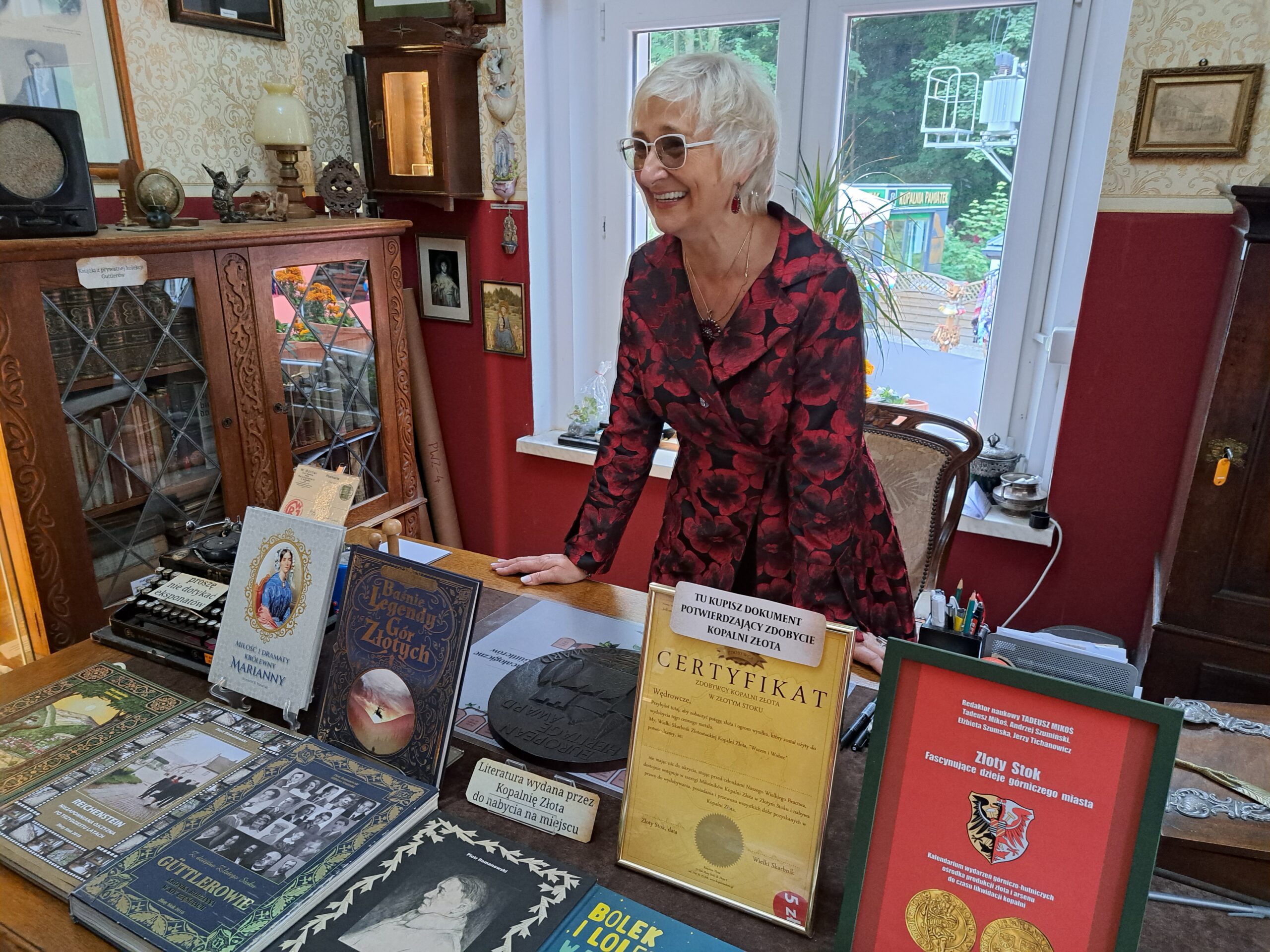
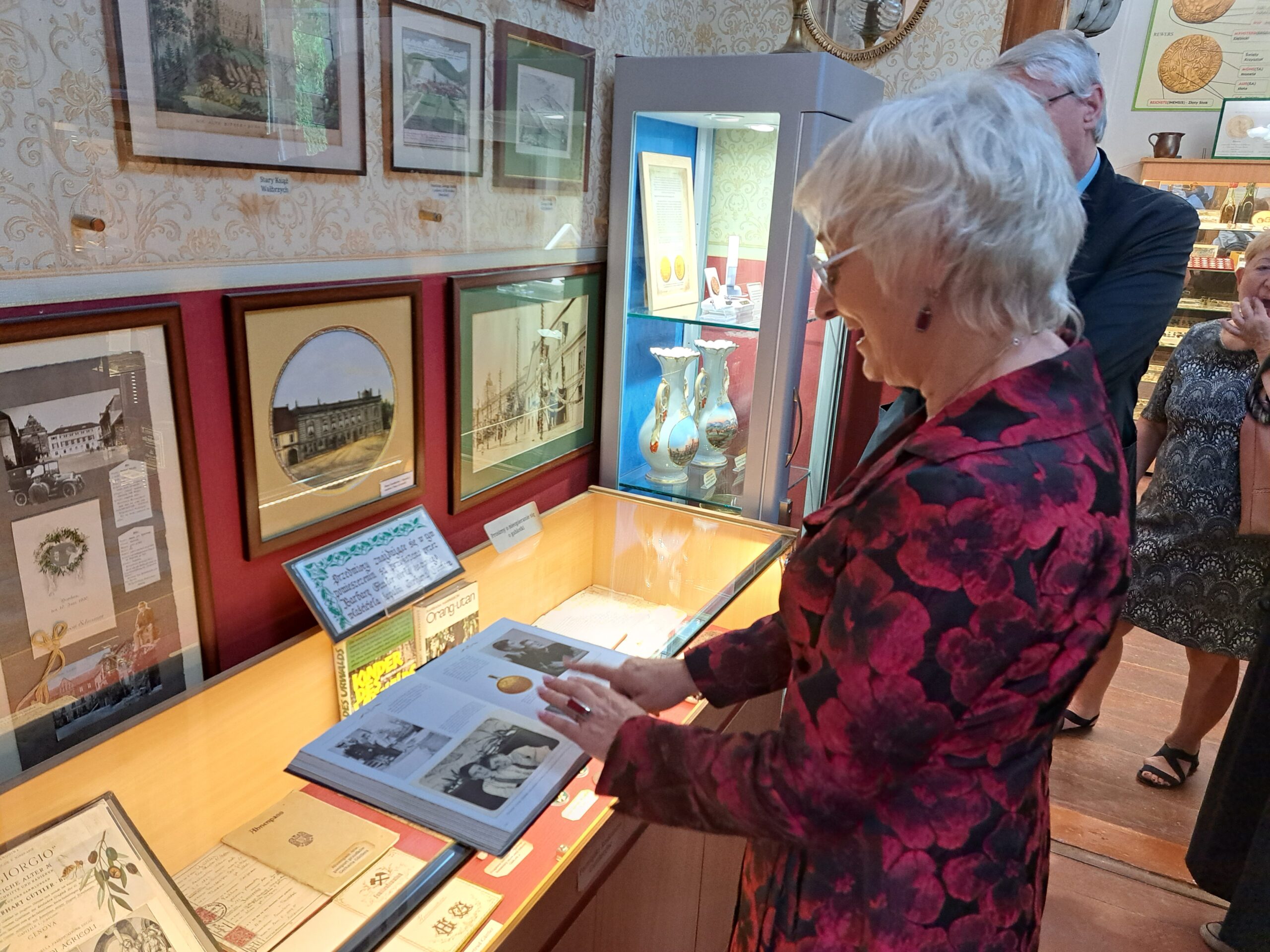
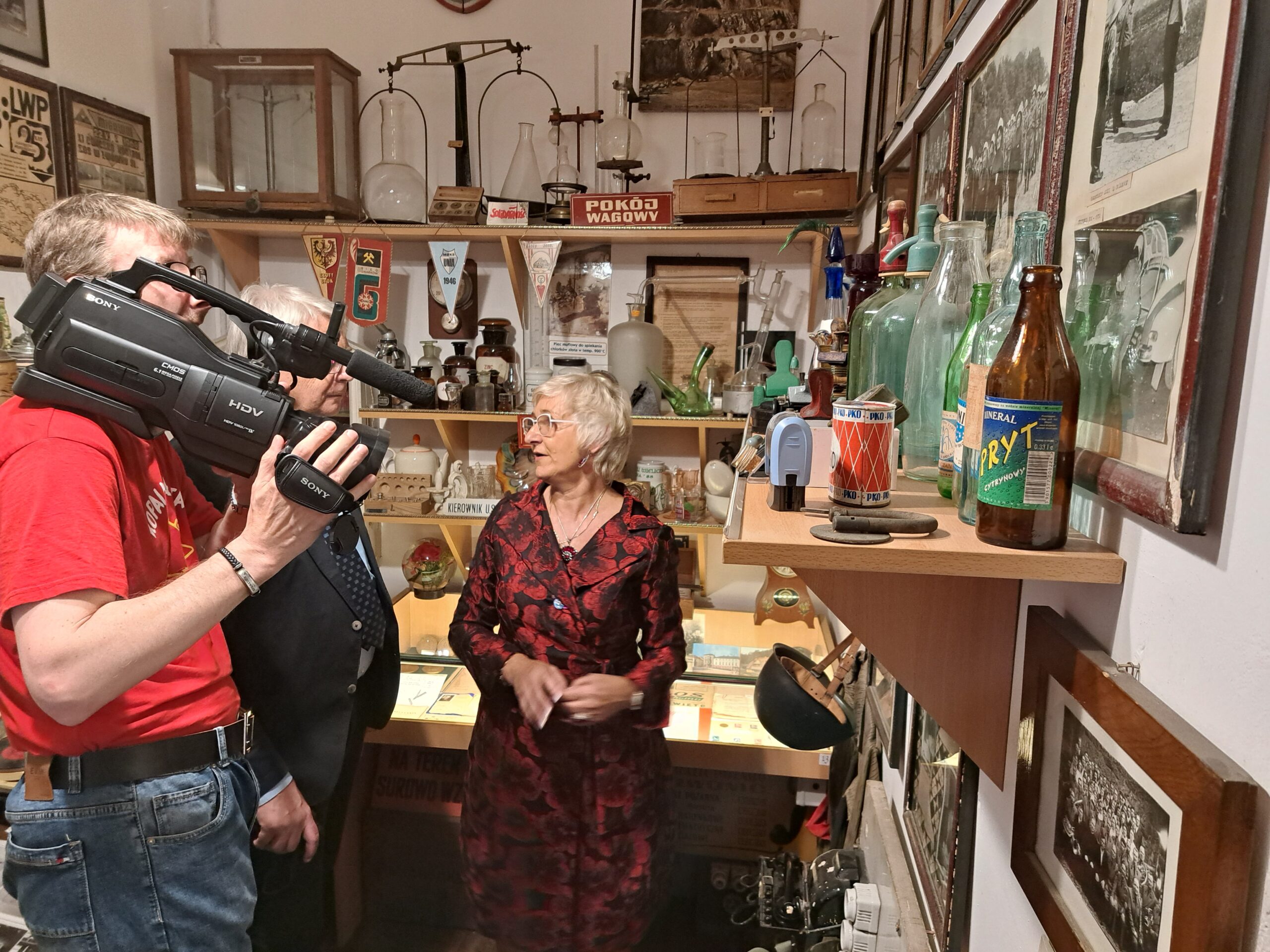
The tradition of gold mining in the Lower Silesian town dates back to 2000 BC. Elżbieta Szumska has been associated with the mine since 1996, when she started working as a guide. After a few years, she bought shares in a then poorly known complex, won a tender for a lessee and began the work of her life – one of the most important tourist attractions of Lower Silesia.
In the centre of the mine complex there is a museum of local history, where objects related to the mine and people living in the area are presented. Stories enclosed in objects, the fate of their owners, the memory of the place and the role people played are as important to Szumska as the crowded adits.
